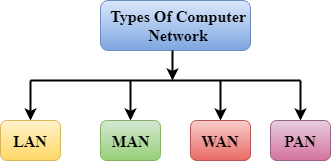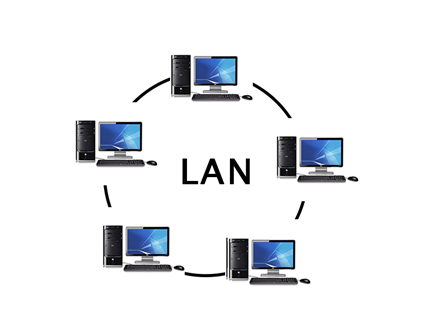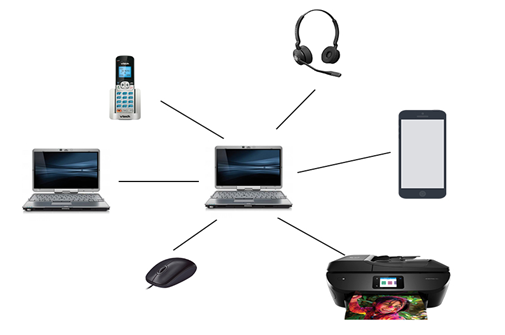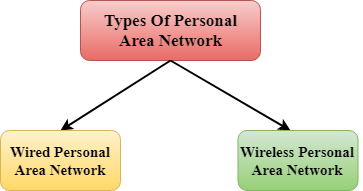Switch:
1. Switch is a networking device.
2. Switch is a data link layer device.
3. Switch works in LAN (Local Area Network)
4. Switch works in same network.
5. Switch is an intra-network device
6. Switch use MAC (Media Access Control) address
7. Switch is an intelligent device
8. Data use as a frame format in switch.
9. Switch use CAM (Content Accessable Memory) table
10. Switch usally used in 8/16/24/48 ports
11. Switch is a multiport device.
12. Switch is a full duplex device
13. No collision occurs in switch.
14. In switch every port has its collision table.
15. Switch support advanced features like VLAN, STP, RSTP etc.
16. Switch is faster than router.
17. Switch support 10 Mbps to 1 Gbps speed.
Router:
1. Router is a networking device.
2. Router is a Network Layer device.
3. Router works for WAN (Wide Area Network)
4. Router works for communication between different network.
5. Router is an inter network device.
6. Router use IP address
7. Data use as a packet in Router.
8. Router perform routing operation
9. Router use routing table.
10. Router usally support 2/4/8 etc ports
11. Router is slower than switch.
12. Router support 10 Mbps to 100 Mbps speed





